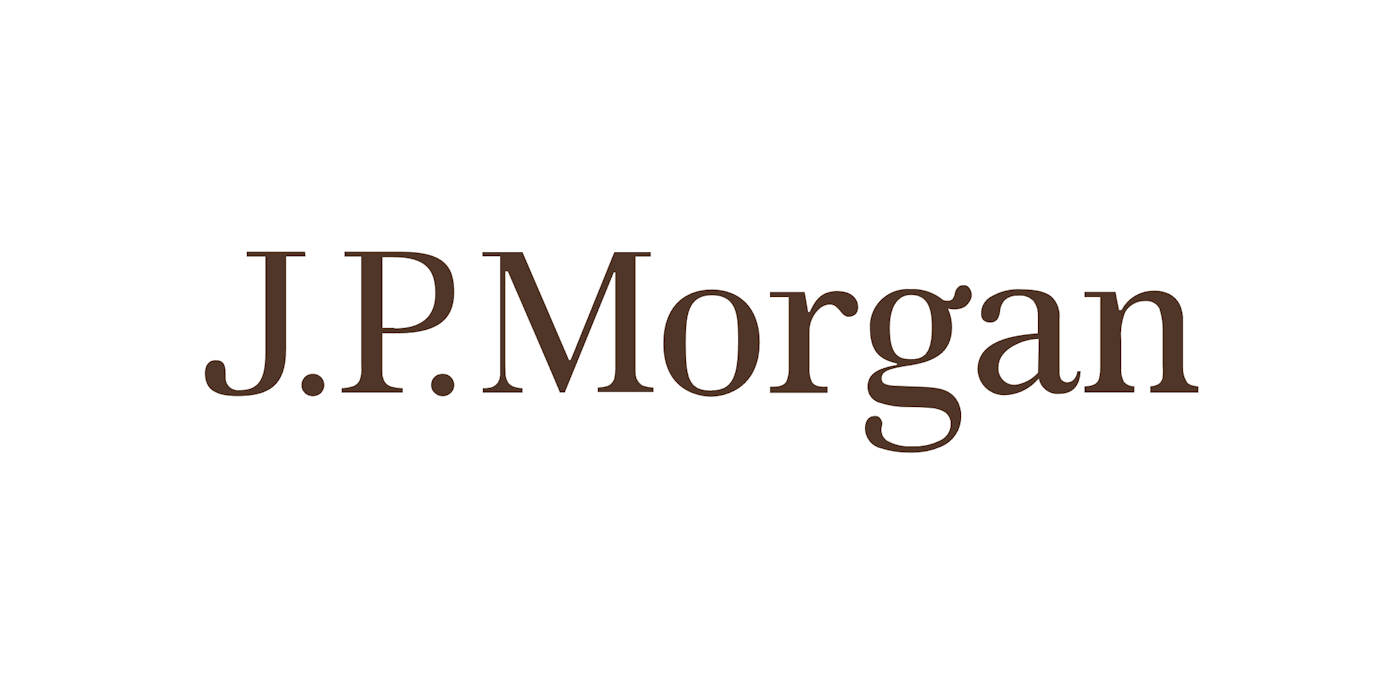“Despite the downgrade, major institutions and banks are unlikely to be forced sellers of Treasuries due to regulatory rules. On the contrary, potential Supplementary Leverage Ratio (SLR) reform could allow domestic banks to be larger holders of Treasuries over the medium to long term if Treasuries are excluded from leverage calculations. Last week, Moody’s downgraded the U.S. from Aaa status to Aa1, the last major credit rating agency to do so following Standard & Poor’s (S&P) and Fitch downgrades in 2011 and 2023. Moody’s cited the increase in government debt and rise in interest costs as reasons for the adjustment. The immediate market reaction saw stocks sell off and long-term interest rates rise with the U.S. 30-year Treasury yield jumping to over 5%. There are a few important takeaways for investors as markets digest this news: The U.S.’s weakening fiscal position is not new news. As mentioned, Standard & Poor’s first downgraded the U.S. almost 15 years ago for the same concerns around debt burdens, rising deficits, and political gridlock. With Fitch following in 2023, arguably it was just a matter of time Moody’s would follow suit. The downgrade could embolden fiscal hawks to push for a lower price tag on the reconciliation package and delay the goal of passage by July 4. The downgrade comes at a time Congress is negotiating a budget package through reconciliation. The Committee for a Responsible Federal Budget (CRFB) projects that the House reconciliation bill could add approximately $3.3 trillion to the debt by Fiscal Year 2034 by allowing certain provisions to expire before then, with the cost rising to $5.2 trillion if those provisions are extended.”
Morten W. Langer



